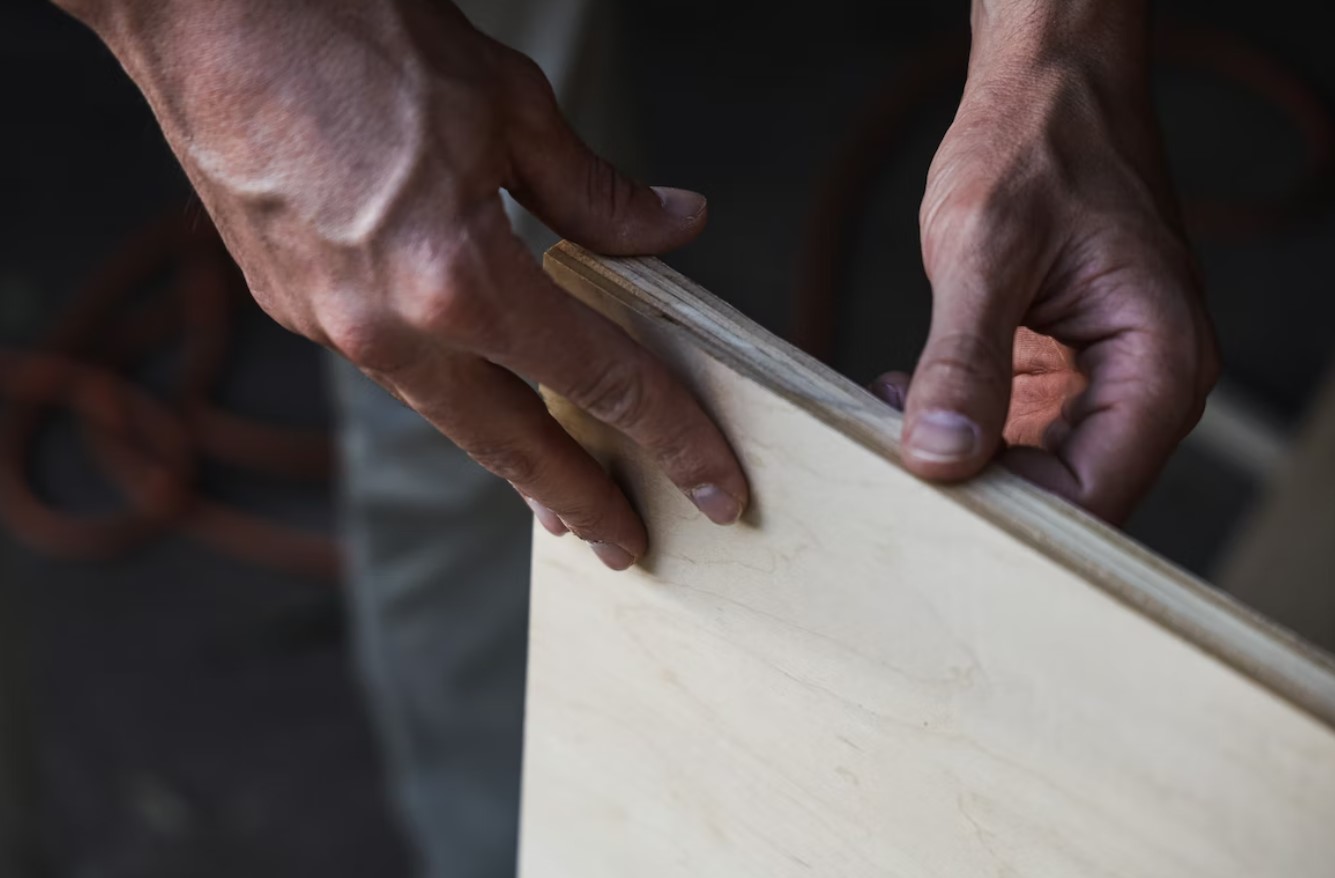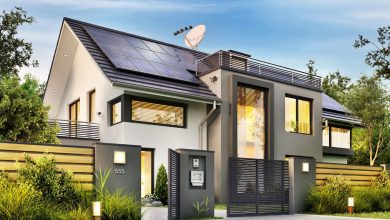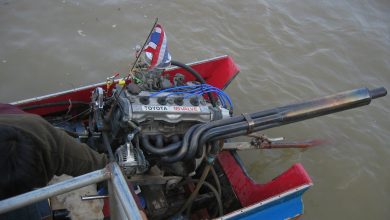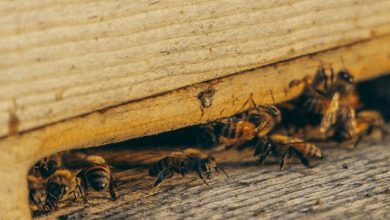Plywood is considered a better alternative to woods, and you’ll see them being widely used for construction purposes. Plywood is made by different manufacturing processes and have different grades of durability and quality. Before exploring the versatile types of plywood, let’s first see what plywood is and how it is different from other woods for construction.
What is plywood?
Plywood sheets are wood-derived products, and plywood can be termed as composite wood. Construction woods are derived from hardwoods, softwoods, and others. Plywood is made from veneers stripped from the timber of other woods. These veneers are glued together or heat-pressed to produce higher-quality plywood. The veneers are placed along the best angles to preserve the wood grains. It is a manmade wood engineered from natural wood.
Quality and Grade of Plywood
The thickness of plywood depends on the number of plies or ‘ply’ that have been used. The more the plies, the more the strength of the plywood. They are available as 3-ply, 5-ply, and multi-ply plywood. If you compare a 3-ply with multi-ply plywood with the same thickness, the multi-ply wood will be stronger because of the more number of piles.
Plywood is also graded by quality from A to D. A-grade plywood is the best quality, while D-grade is the inferior quality. You’ll also find double-lettered grades and some with the letter X. The two letters designate the part of the woods to be used as the front and back of the plywood. The higher grade is the front wood, while the lower grade is the back wood. Plywood with grades A to C is used for exterior work, rooftops, and woodwork that is weather resistant. C to D grades are usually for interior woodwork. When the letter X is included in the plywood grade, regardless of its grade, it means that the plywood has met the standards for use as exterior plywood. For high-end works, A-B or CX qualities are the best fit. They provide a more workable surface for such work.
What is the advantage of plywood over natural wood?
- High strength at lower costs.
- It is more resistant to moisture, warping, cracking, and shrinking.
- It is a flexible material available in various densities, sizes, and qualities.
- It is eco-friendly and can be recycled.
Main types of plywood
Softwood plywood
Softwood veneers are used for making the plies. The woods include pine, redwood, and cedar. Softwoods are more workable, while hardwoods have more durability. However, softwoods are used for exterior works, sheathing, and sub-flooring. Softwood plywood is used in making sheds, shelving, dog houses, temporary flooring, etc.
Hardwood plywood
These plywood sheets range between 3-ply to 7-ply. The wooden sheets are glued at right angles for a strong surface. They are made from birch, oak, maple, walnut, and poplar hardwood trees. They are used in making sports equipment, musical instruments, furniture, packing cases, and objects that require a strong frame. Balsa is a hardwood that is the most lightweight wood in the world, yet it has high durability. Plywood made from balsa is incredibly light and is used in yacht interiors, models, buoys, surfboards, and other stuff. People who usually buy balsa wood do it for purposes where strength and flexibility are needed, like musical instruments, model planes, etc.
Aircraft plywood
This is high-grade plywood used in woodwork projects that can hold a lot of weight. It is manufactured from very thin veneers, and the finished plywood has incredible strength. These are the top-grade and most durable plywood resistant to heat and moisture. Usually made from hardwoods like mahogany and birch. Aircraft plywoods are used in the construction of airplanes, boats, and heavy furniture.
Exterior plywood
Exterior plywood is manufactured to withstand weather elements because, as the name suggests, it is used for exterior woodwork. The plywood uses water-proof adhesive to hold the veneers together. Sturdiness, durability, and longevity are the main factors in manufacturing exterior plywood. They are usually multi-ply plywoods.
Lumber core plywood
This plywood is made from 3 plies. Two thin veneers on the exterior and a thick core in the middle. The outer veneers are made from hardwood, while the inner core is made of multiple sheets glued together into a thick slab. This kind of plywood is best for nail and screw work as the thick core helps in holding up the screws.
Marine plywood
Unlike the name suggests, this is not water-resistant plywood. They are coated with water-resistant glue. They are high-grade plywood made from larch or fir woods and have a B-grade or higher. Marine plywood does not have knotholes in its plies and is made from the high-quality water-resistant adhesive. So, even if the wood gets damp, the adhesive remains unaffected. They are used in outdoor furniture, benches, planters, and decorative objects.
Overlaid plywood
It’s called overlaid because of its strong wood finish surface looks. They are made in the same way as other plywood by gluing veneers. They come in 2 varieties: heavy density and medium density. Heavy density is more expensive as more resin is poured on them. Although the finish looks aesthetic, it’s more about the plywood’s durability and resistance to scratches and dust. They are stronger than traditional plywood, manufactured in a high-heat and pressure process.
Structural plywood
These are unfinished plywood in C or D grade. They are used for construction purposes. It provides strength in building and framing works. Contains a strong adhesive to keep the plies together but are not weather resistant as they are lower-grade plywood. These are inexpensive and used in both indoor and outdoor constructions.
These are the major kinds of plywoods. You’ll come across other plywoods that may differ from the main types, or the names are used interchangeably with the main ones listed here. Some of them are commercial plywood, tropical plywood, flexible plywood, MDF plywood, decorative plywood, veneer core plywood, and others.
For more articles click here – https://ventweek.com/





